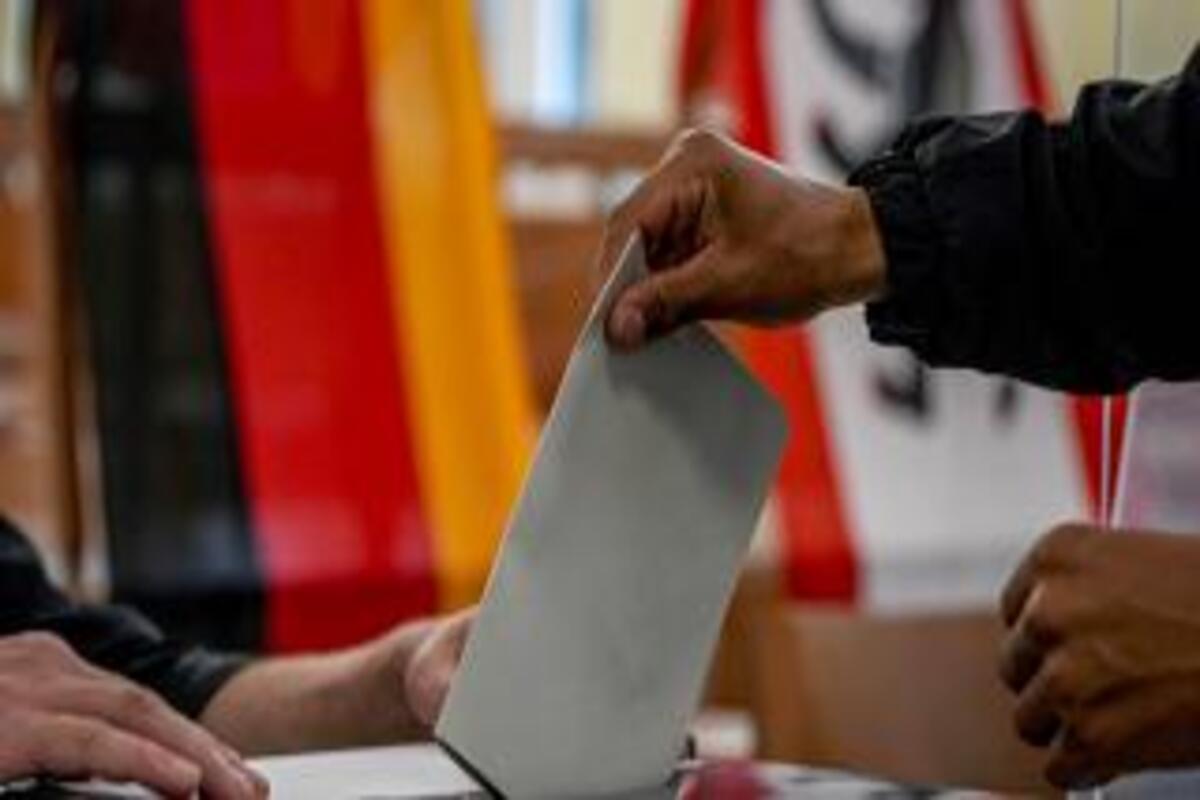Asia hit hardest by climate, weather disasters in 2023: UN
According to the report, in India, severe heatwaves in April and June resulted in about 110 reported fatalities due to heatstroke.
The election indubitably was the tightest in years, one that brought to an end the post-war domination of the two big parties ~ the SPD and his rival’s Christian Democratic Union

Sixteen years is a long time in the political history of a nation. So it has been in Germany where the centre-left Social Democrats have narrowly beaten the party of outgoing Chancellor Angela Merkel in the federal elections. While the SPD leader, Olaf Scholz, says he has a clear mandate to form a government, his conservative rival, Armin Laschet, is determined to fight on. The fact of the matter must be that the two parties have governed together for years but are unlikely to continue. The Greens and Liberals are instead looking for a role in a new coalition.
The striking feature of the psephological swing, as evident on Monday, is that the two parties attracted the maximum support from the under-30s, in
an election dominated by climate change and by differing proposals on how to tackle the phenomenon. The Greens crafted history with almost 15 per cent of the vote, even though it was well short of their ambition.
The election indubitably was the tightest in years, one that brought to an end the post-war domination of the two big parties ~ the SPD and his rival’s Christian Democratic Union (CDU). For the centre-left it was a significant improvement on the last election, but for the conservatives it was their worst-ever performance. Exit polls had predicted a “dead heat”, but this election was unpredictable from the start, and the result was never going to be the end of the story. For one thing, the outgoing Chancellor is going nowhere until the coalition is formed, and the new government may not be in place until Christmas.
Advertisement
The successor’s task is to lead Europe’s foremost economy over the next four years, with climate change at the top of the agenda. Very pertinently has it been remarked that the German elections will usher in change with a small ‘c’. Scholz, the “Bazooka man” was rapturously greeted by his SPD supporters, but it was only later when his party inched towards the lead that he told a televised audience that the voters had given him the job of forming a “good, pragmatic government for Germany”. His conservative rival hit back, arguing it was about forging a coalition, not about getting “an arithmetic majority”. It’s not just the Social Democrat and conservative leaders fighting for power. The two kingmakers are open to offers.
Together the liberals and the Greens make up over a quarter of the vote and can carry either of the big parties over the line. While they may be more popular with younger voters than other parties, it will take some skill to bring them under the same roof.
So of all the possible coalitions, the Greens and the liberals feature in the two that are likely to form government. One is the so-called traffic-light coalition, made up of the parties’ colours ~ red (SPD), yellow (FDP) and the Greens ~ or there’s the Jamaica alternative, black (CDU), yellow (FDP) and the Greens. There is a long road ahead.
Advertisement